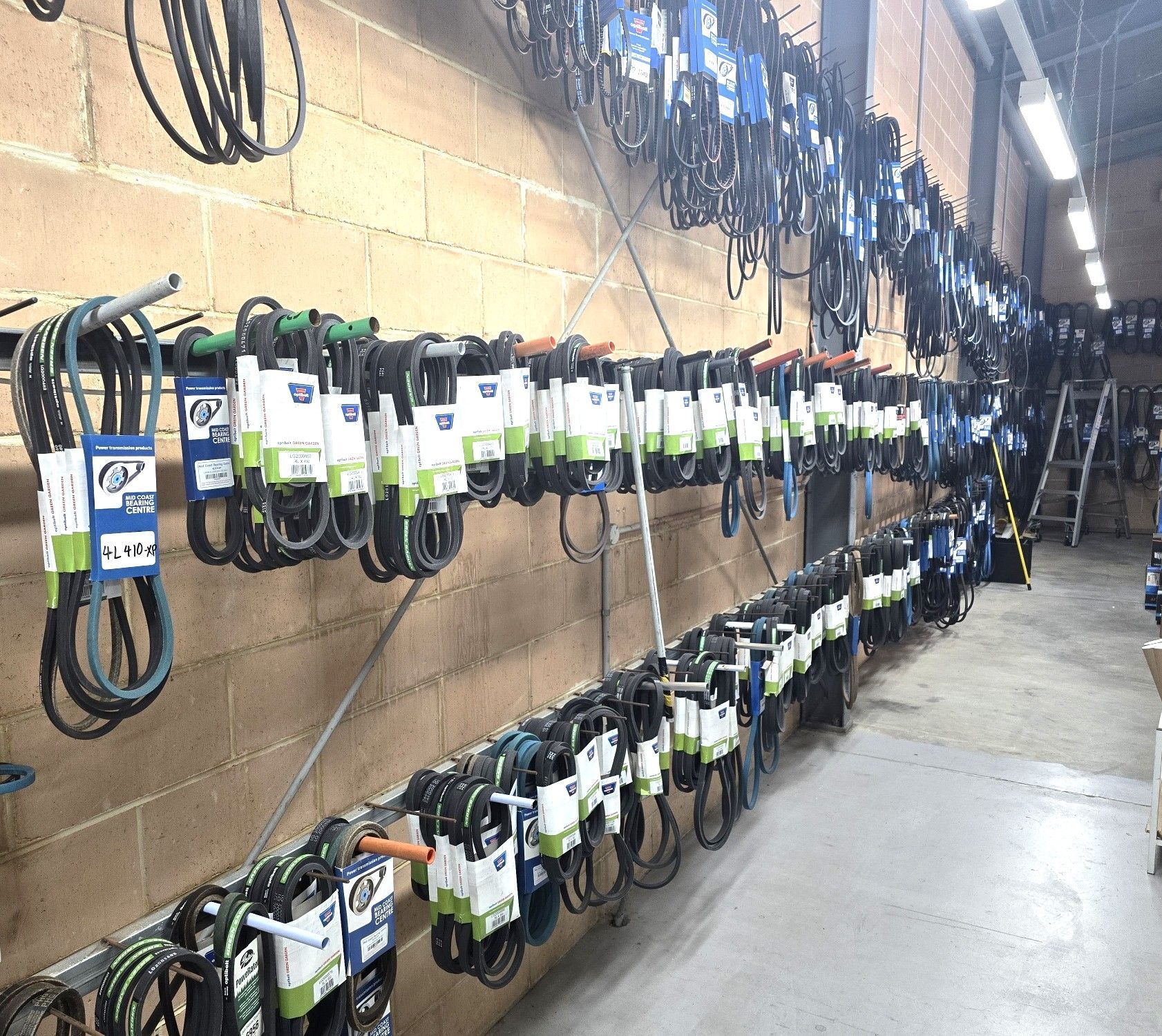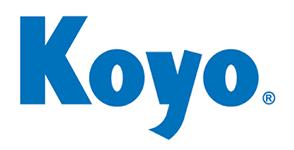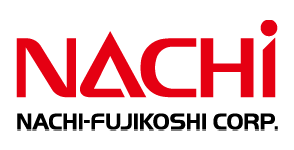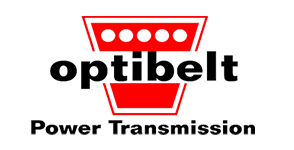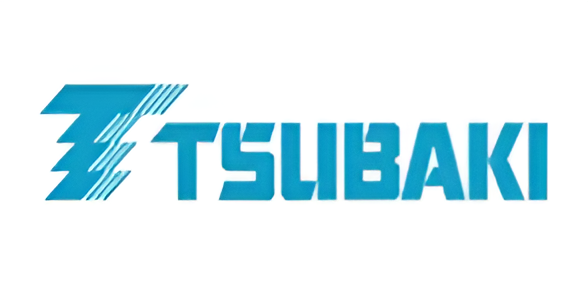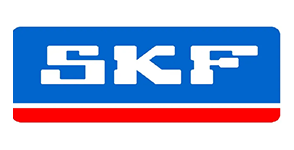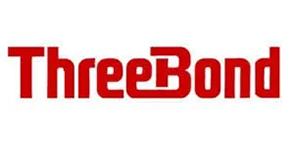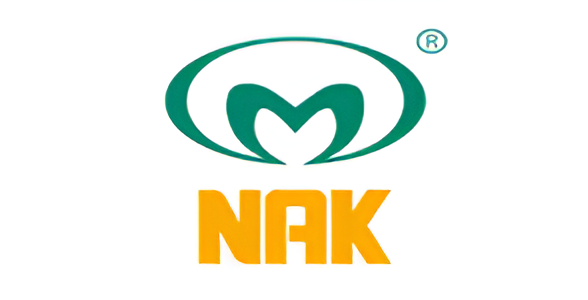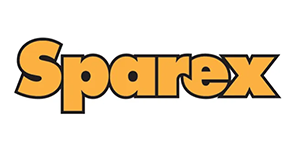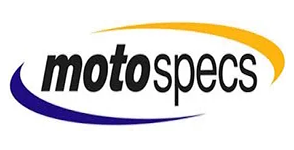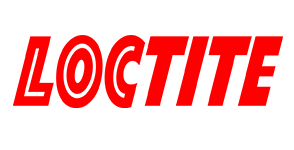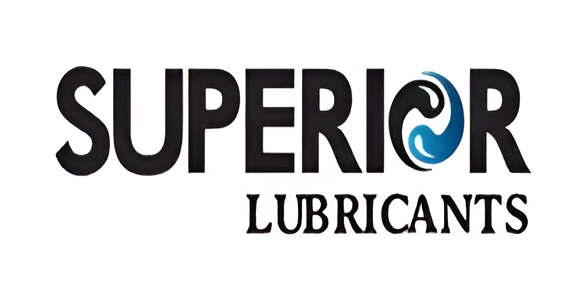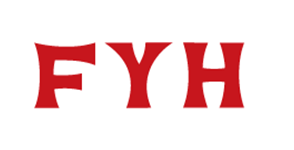Thank you for contacting Mid Coast Bearing Centre.
We will get back to you as soon as possible.
Oops, there was an error sending your message.
Please try again later.
Belts in Forster
- Fast delivery across the Mid North Coast
- Stocked with trusted, quality brands
- Knowledgeable, hands-on customer support
Request a call back In Forster
Thank you for contacting Mid Coast Bearing Centre.
We will get back to you as soon as possible.
Oops, there was an error sending your message.
Please try again later.
Forster Belts
When you need dependable belts in Forster, Mid Coast Bearing Centre has you covered. With decades of industry experience and a strong reputation across the Mid North Coast, we’re proud to supply high-quality belts that help keep local machinery, vehicles, and equipment running smoothly.
Whether you're replacing a worn drive belt on a mower or sourcing durable V-belts for agricultural or industrial use, our team offers expert advice and fast access to the products you need. We carry a wide selection of belts, including timing belts, drive belts, and fan belts, available in different lengths, materials, and strengths.
Local customers rely on us for our friendly service, deep product knowledge, and genuine commitment to helping you find the right fit—no guesswork required. We understand the equipment commonly used in Forster and can guide you toward a solution that performs under pressure.
Contact 02 6552 3699 today to speak with our team and get your belts sorted fast.
Reliable Solutions for Your Conveyor Needs
From workshop machinery to farm equipment and small engines, belts are a vital part of keeping things moving. Mid Coast Bearing Centre provides Forster customers with reliable solutions backed by practical support and real-world experience.
We understand that not all belts are created equal, which is why we take the time to match each belt to the specific machinery it’s meant for. Our service includes helping customers select the correct size, profile, and material—whether they need a high-grip option for a dusty environment or something built to withstand tension and vibration.
All products are tested for durability, and many are sourced from trusted brands that meet tough industry standards. With local delivery available and stock on hand, we make it easy to access what you need without delay. You’ll also find our team approachable and willing to talk through your options.
If you're in Forster and need quality belts, we're ready to help.
What are the different types of belts used in machinery?
There are several types of belts commonly used in machinery, each suited to different applications. V-belts are one of the most common and are used in automotive engines, compressors, and mowers. Their V-shaped cross-section provides excellent grip and prevents slippage. Timing belts have teeth that mesh with pulleys, providing precise movement without slip—ideal for synchronised systems like engines or robotics. Flat belts are used for light-duty power transmission and can run at high speeds over long distances. Multi-ribbed belts, also known as serpentine belts, combine the flexibility of flat belts with the grip of V-belts, often used in cars and appliances. Selecting the right belt depends on speed, load, alignment, and environmental factors.
How do I measure a replacement belt correctly?
To find the correct replacement belt, you’ll need to measure both its length and width, as well as identify the belt type. If the original belt is still intact, use a soft tape to measure the total circumference. If it’s broken, measure both pieces and add the lengths together. You should also check the belt profile, such as the angle of a V-belt or the pitch between teeth on a timing belt. If possible, refer to the manufacturer’s specifications, which will include part numbers or size codes. If no information is available, take the old belt to a supplier who can help match it based on physical measurements and intended use.
Why do belts slip or break in machinery?
Belts can slip, crack, or break due to several factors. The most common causes include incorrect tensioning, misalignment of pulleys, excessive load, or wear from age or contamination. A belt that is too loose may slip, causing heat build-up and loss of efficiency, while an overtightened belt can place strain on pulleys and bearings, leading to premature failure. Environmental factors like oil, dust, or moisture can also degrade the belt material. Regular inspection and maintenance—checking for cracks, fraying, or glazing—can help prevent unexpected breakdowns. Always ensure belts are installed according to the manufacturer’s guidelines for optimal lifespan and performance.
